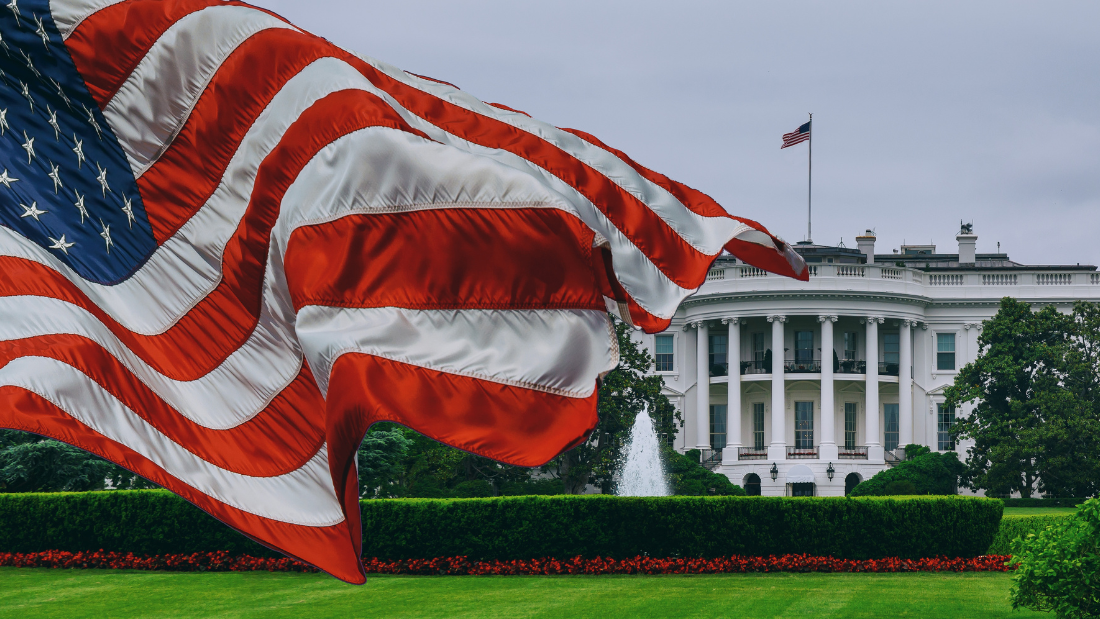
The Star-Spangled Banner: A History of the American Flag
Initial Origins
The exact origins of the American flag remain uncertain. However, historians believe that New Jersey congressman Francis Hopkinson and Philadelphia seamstress Betsy Ross played key roles in its creation.
In 1777, the Second Continental Congress passed the Flag Resolution, establishing the flag’s foundational design:
- 13 stripes, alternating red and white.
- 13 stars on a blue field, representing the original colonies.
This design was first flown in battle at Fort Schuyler on August 3, 1777. To honor this milestone, Flag Day is observed annually on June 14.
Changes to the Flag
Although the basic design remained, Congress made various changes between 1777 and 1960 to accommodate new states. Initially, stars and stripes were added for each state, but eventually, the stripes were reduced back to 13.
The Star-Spangled Banner

In 1795, the flag’s design was updated to include 15 stars and 15 stripes, marking the admission of Kentucky and Vermont. This version inspired Francis Scott Key to write The Star-Spangled Banner, now the national anthem.
The iconic flag is displayed at the Smithsonian Museum for all to admire.
Star Arrangement
Before 1912, there was no official arrangement for the stars. Flag makers could arrange them in grids, rows, or other patterns. It was also in 1912 that the stripes were fixed at 13 to honor the original colonies.
Modern Updates

The most recent update occurred in 1960, following Hawaii’s statehood in 1959. Interestingly, the 49-star flag, used only briefly, is now a rare collector’s item.
Today’s flag features:
- 13 stripes: 7 red, 6 white, symbolizing the original colonies.
- 50 stars, representing the states.
The colors of the flag hold symbolic meaning:
- Red: Bravery and resilience.
- White: Innocence and purity.
- Blue: Justice, perseverance, and vigilance.
Proper Flag Etiquette
Displaying the American flag with respect and care is essential. Always ensure the flag is flown upright, never touches the ground, and is taken down in inclement weather unless you’re using an all-weather flag. Additionally, illuminate the flag at night if it remains outdoors after sunset.
To help you display the flag correctly and proudly, consider investing in quality flagpoles like the Roosevelt Premium 25ft Telescoping Flag Pole or the Telescoping Flag Pole Kit. Both options provide durability and ease of use, making them excellent choices for any home or business.
Thank you for taking the time to read this article. If you found it helpful or inspiring, please consider sharing it with someone who might appreciate it!
Featured Products




















